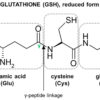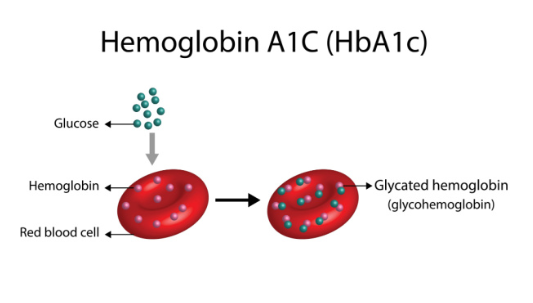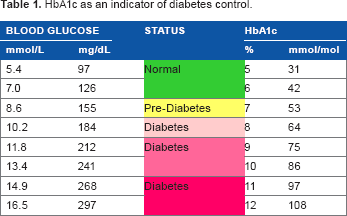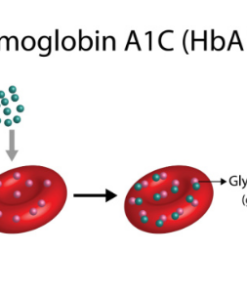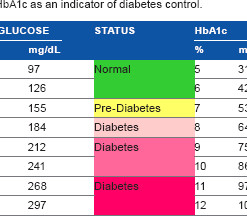HbA1C – Glycated Hemoglobin
$24.50
HbA1c, or glycated hemoglobin, testing is a critical tool in the management of diabetes. It serves multiple purposes and offers significant utility for both patients and healthcare providers.
Hemoglobin A1c (HbA1c) test:
Use: HbA1c is used to measure the average blood glucose level over the past 2-3 months. It’s a cornerstone in the diagnosis, monitoring, and management of diabetes.
Indications: The test is typically indicated for diagnosing diabetes, prediabetes, and for monitoring how well a person’s diabetes is being managed over time.
Potential Findings: An HbA1c level of 6.5% or higher on two separate tests indicates diabetes. A level of 5.7 – 6.4% is considered prediabetes. If the HbA1c level is less than 5.7%, it’s normal. For those who already have diabetes, the goal is to have an HbA1c level below 7%, but this can vary depending on the individual’s overall health, age, and other factors.
Necessity: Regular testing of these markers is important for individuals at risk for or with diagnosed diabetes to help monitor and manage the condition. Early detection and management of abnormal insulin or blood glucose levels can prevent or delay the onset of complications like heart disease, stroke, kidney disease, and nerve damage. It’s essential to note that these tests should be interpreted in the context of other laboratory findings and clinical symptoms, and treatment should be individualized to each patient’s needs.

